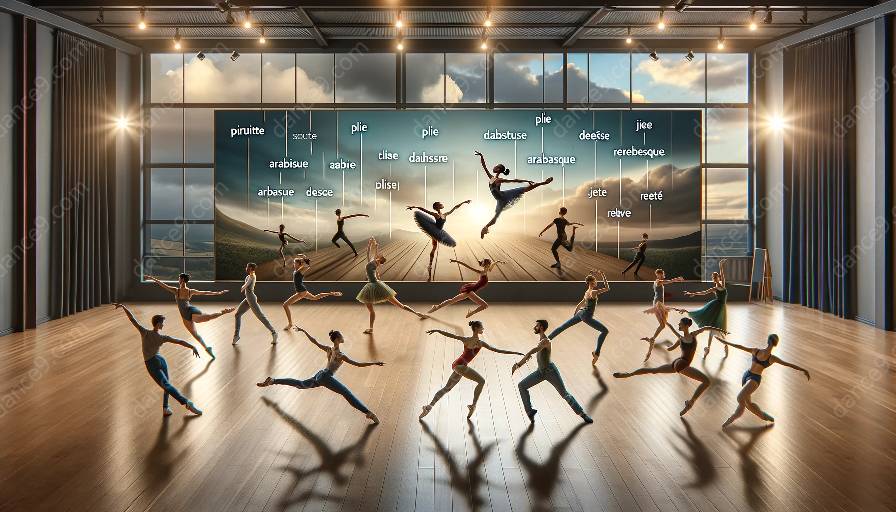Dance is a universal form of expression that reflects the unique cultural influences present in a society. The evolution of dance terminology has been shaped by a myriad of cultural elements, including historical, social, and artistic factors. Understanding the cultural influences on dance terminology provides valuable insights into the rich tapestry of human expression and communication.
History and Tradition
One of the primary cultural influences on the evolution of dance terminology is the historical and traditional context of a particular society. Throughout history, different cultures have developed their own unique dance forms, each with its distinctive terminology. For example, classical ballet terminology is rooted in the French language, reflecting the historical influence of the royal courts of 17th-century France, where ballet first gained prominence. Similarly, the terminology used in traditional African dance reflects the cultural and linguistic heritage of various African communities.
Social Dynamics
Social dynamics play a crucial role in shaping dance terminology. The structure of societies, their values, and customs significantly impact the development and use of dance terminology. In many cultures, dance serves as a means of social cohesion and communication, with specific movements and gestures carrying symbolic meanings. The terminology associated with these movements often reflects the social dynamics of the community. For instance, traditional folk dances in different regions around the world feature terminology that embodies the collective experiences and values of the local communities.
Artistic Expression
The artistic and creative aspects of dance are deeply intertwined with cultural influences. Dance terminology evolves in response to artistic innovations and expressions within a particular cultural context. As dance forms continue to evolve in a globalized world, the fusion of different cultural elements has led to the emergence of new terminology that reflects cross-cultural influences. For instance, contemporary dance, with its fluid and innovative movements, incorporates terminology from diverse cultural sources, creating a rich and dynamic lexicon that transcends traditional boundaries.
Cross-Cultural Exchange
Cultural exchange and interaction have played a pivotal role in the evolution of dance terminology. As cultures interact and influence each other, dance terminology undergoes a process of enrichment and adaptation. The exchange of ideas, movements, and expressions among different cultures leads to the blending of terminology, resulting in a more diverse and inclusive dance lexicon. This cross-cultural exchange is evident in the terminology used in modern dance genres, where diverse cultural influences intertwine to create a vibrant tapestry of movement vocabulary.
Conclusion
The evolution of dance terminology is a testament to the intricate interplay between cultural influences and artistic expression. By recognizing the complex relationship between dance and culture, we gain a deeper appreciation for the diverse and multifaceted nature of dance. The rich tapestry of dance terminology reflects the beauty of human diversity and the dynamic evolution of artistic expression across different cultures.











































